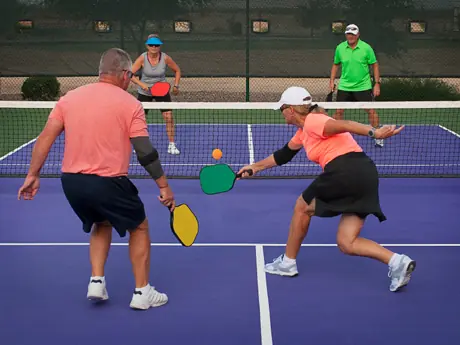
Pickleball—the racquet sport created one summer day to combat boredom—is sweeping across the United States. The 50-year-old sport now has more than 150,000 players in the U.S. and has been called the fastest-growing sport in America by NBC News.
It's a phenomenon unlike any other sport predominantly played by seniors. The courts are shorter—four to a regulation tennis court—the racquets are paddles, and they play with waffle balls. And they have fun!
More: How to Avoid 3 Common Tennis Injuries
The USA Pickleball Association (USAPA) was organized to promote the growth and development of Pickleball, on both a national and international level. This organization provides players with official rules, tournaments, rankings and promotional materials. The USAPA is a nonprofit 501(c)(3) corporation. It's governed by a board of directors who provide the guidance and infrastructure for the continued growth and development of the sport.
How It All Started
Pickleball was invented in 1965 on Bainbridge Island, a short ferry ride from Seattle, Washington. Three dads—Joel Pritchard, Bill Bell, and Barney McCallum—whose kids were bored with their usual summertime activities are credited for creating the game. Pickleball has evolved from original handmade equipment and simple rules into a popular sport throughout the U.S. and Canada. The game is growing internationally as well with many European and Asian countries adding courts.
The Court
A Pickleball court is the same size as a doubles badminton court and measures 20-by-44 feet. In Pickleball, the same court is used for both singles and doubles play. The net height is 36 inches at the sidelines and 34 inches in the middle. The court is striped similar to a tennis court with right and left service courts and a 7-foot non-volley zone in front of the net (referred to as the "kitchen").
Courts can be constructed specifically for Pickleball or they can be converted using existing tennis or badminton courts.
Equipment
Each player uses a Pickleball paddle, which is smaller than a tennis racquet but larger than a ping-pong paddle. Originally, paddles were made only from wood. However, today's paddles have evolved and are primarily made of lightweight composite materials, including aluminum and graphite.
Players will also need a net and a Pickleball. The ball itself is unique, with holes through it like a wiffleball; there are different ball models intended for indoor and outdoor play. The ball travels at one-third the speed of a tennis ball and is usually white or yellow in color. New bright color balls are also gaining in popularity.
Basic Rules Overview
- Pickleball is played either as doubles (two players per team) or singles; doubles is most common.
- The same size playing area and rules are used for both singles and doubles.
- The serve must be made underhand.
- Paddle contact with the ball must be below the server's waist (navel level).
- The serve is initiated with at least one foot behind the baseline; neither foot may contact the baseline or court until after the ball is struck.
- The serve is made diagonally cross court and must land within the confines of the opposite diagonal court.
- Only one serve attempt is allowed, except in the event of a let (the ball touches the net on the serve and lands on the proper service court; let serves are replayed).
For a complete list of rules, go to the USAPA site.
- 1
- of
- 2

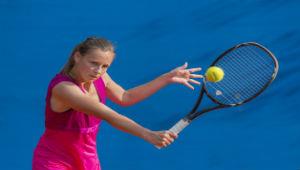
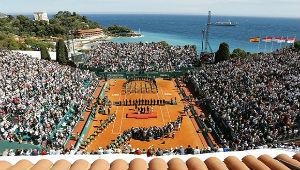
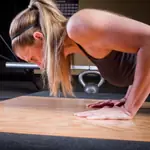
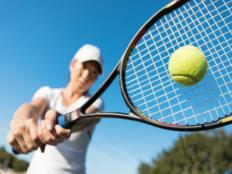
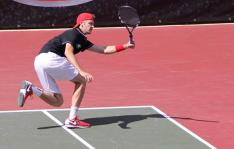


Discuss This Article